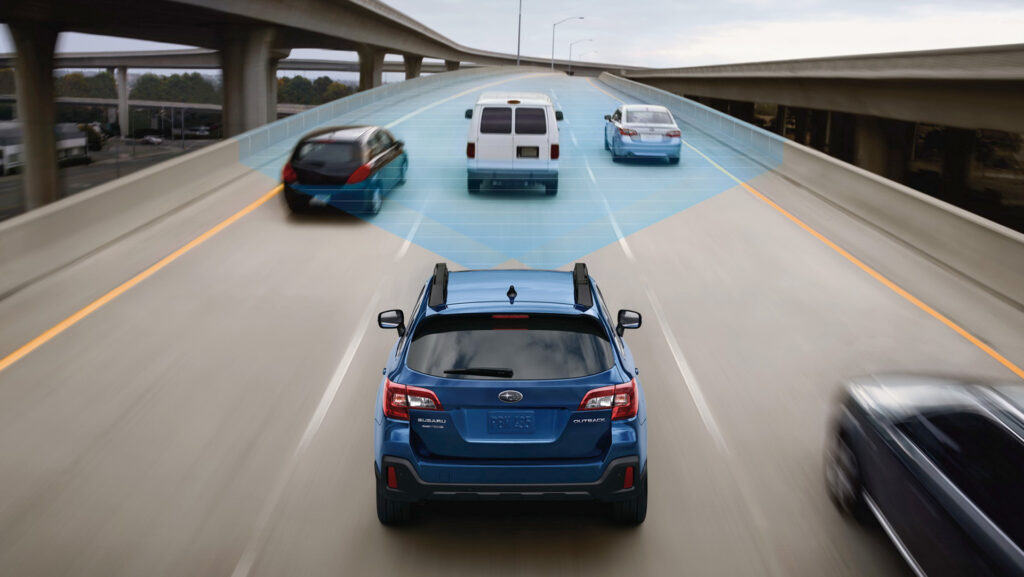Settlement Regarding Subaru’s EyeSight System
After a four-year court battle, Subaru has reached a settlement in a class action lawsuit related to alleged defects in the EyeSight driver assistance system. Car owners will receive an extended warranty covering 75% of repair costs, however, many vehicles no longer qualify under the agreement’s terms. A final hearing for the case is scheduled for November 3, 2025, with attorneys set to receive a fee of $2.5 million.
Issues with the Technology
Driver assistance systems are designed to make vehicle operation safer and reduce stress, but when the technology fails to perform properly, it can create additional risks. Subaru’s EyeSight system came under scrutiny due to numerous complaints. Owners claimed that functions such as emergency braking, reverse automatic braking, and lane keep assist are unreliable and malfunction.
Scale of the Allegations
According to the data, the lawsuit covers Subaru models such as the Legacy, Outback, Impreza, Crosstrek, Forester, Ascent, WRX, and BRZ, manufactured from 2013 to 2024. It is alleged that the EyeSight system sometimes activates the brakes unnecessarily, and in other instances, fails to engage when emergency braking is required. Furthermore, due to improper calibration, the lane keep assist function may even steer the vehicle towards other cars.
Terms of the Settlement
The plaintiffs demanded that Subaru acknowledge the system’s defects, pay for repairs, provide full compensation for damages, and return “ill-gotten profits.” However, the settlement stipulates that each of the eight named plaintiffs will receive $5,000, while the attorneys will get $2.5 million. Additionally, Subaru has agreed to extend the warranty coverage to 48 months or 48,000 miles, but many cars have already exceeded these limits.

Limited Benefits for Owners
The manufacturer will allow all vehicles included in the class, even those that have exceeded warranty periods, to undergo repairs within four months after the official conclusion of the settlement. However, Subaru will cover only 75% of the repair cost and is not obligated to admit the existence of any defects in the system.

This situation highlights the complexity of protecting consumer rights in cases involving high-tech automotive systems. Although the settlement formally closes the case, it leaves many owners without full compensation, which could impact brand trust and future innovations in driving safety. Subaru will likely focus on improving the system to avoid similar issues in the future, but for now, the consequences for users remain uncertain.


 by
by 